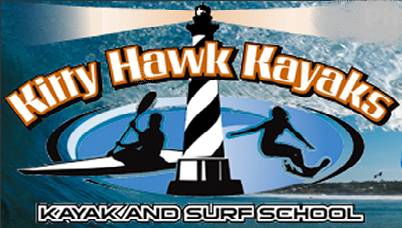MIT 502 – “Kitty Hawk Kayaks”
 |
Context
“Kitty Hawk Kayaks” project was generated within the context of MIT 502: Systematic Approach to Performance Improvement, as a partial requirement for the course. The project was completed under the supervision of Dr. Florence Martin. The project consisted of problem identification, problem analysis, and cause analysis of a performance problem. All of the proposed recommendations were based on the current analysis of performance at Kitty Hawk Kayaks.
Conditions
This project was developed within a semester time frame; I worked collaboratively with three of my classmates, Amanda Blakley, Matt Gayford, and Herman Hall. The “Kitty Hawk Kayaks” project gave me an opportunity to practice my team work and communication skills as I had to work with my classmates throughout the completion of the project. The project consisted of two separate phases. The first phase of the project dealt with problem identification, problem analysis, and cause analysis. To gather information about the performance problem at Kitty Hawk Kayaks, the project team completed four different analyses: organizational, environmental, gap, and cause. All the findings of the first phase were written in a report that explains the process that our project team went through to determine the performance problem to ensure that we designed and developed an effective intervention. The second phase of the project consisted of reporting our findings to the client so that the client could make an informed decision about implementing the solution that was being proposed to him. Several flow charts were also developed as visual and analytical tools to easily show the performance gaps to the client.
Scope
“Kitty Hawk Kayaks” project was a real world project. As a team we worked with a client who approached us with the need for help. The client continued to work with our group since we wanted them to be involved with the process. The project focused on the performance analysis at the whole organization so its scope was wide although the organization was not large. We submitted the report to the client at the conclusion of the project, even though the client decided not to implement the changes proposed. The report of the project was later revised by Dr. Martin and submitted to International Society for Performance Improvement (ISPI) which was accepted and published in the March 2009, ISPI Performance Improvement Journal. (Click here to access the PDF version of this article.)
Role
Other than working collaboratively with my team member on all parts of the project, I was specifically responsible for problem identification, as well as, problem and cause analyses.
Reflection
The “Kitty Hawk Kayaks” project was my first experience designing and developing for Human Performance Technology. I thoroughly enjoyed working on this project and I realized that I would like the chance to work in the Human Performance Technology field in the future. The project helped me build new knowledge that I will look forward to using. If I had a chance to do this task again, I would have liked to have observed the workplace. That way I could have a better understanding of the performance problem, as opposed to relying mainly on interviews and extant data to determine the problem.